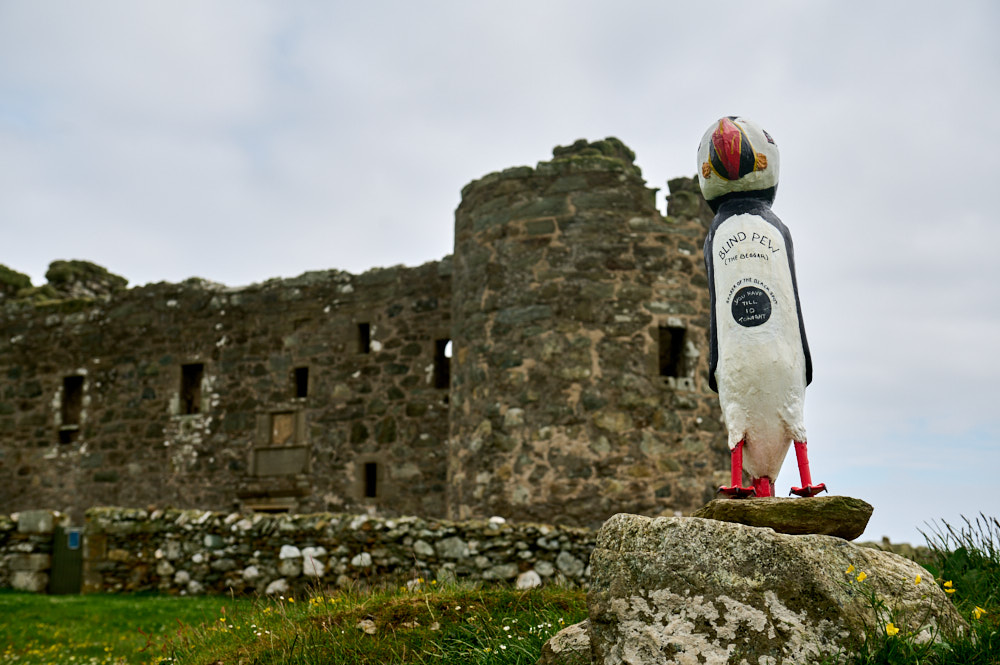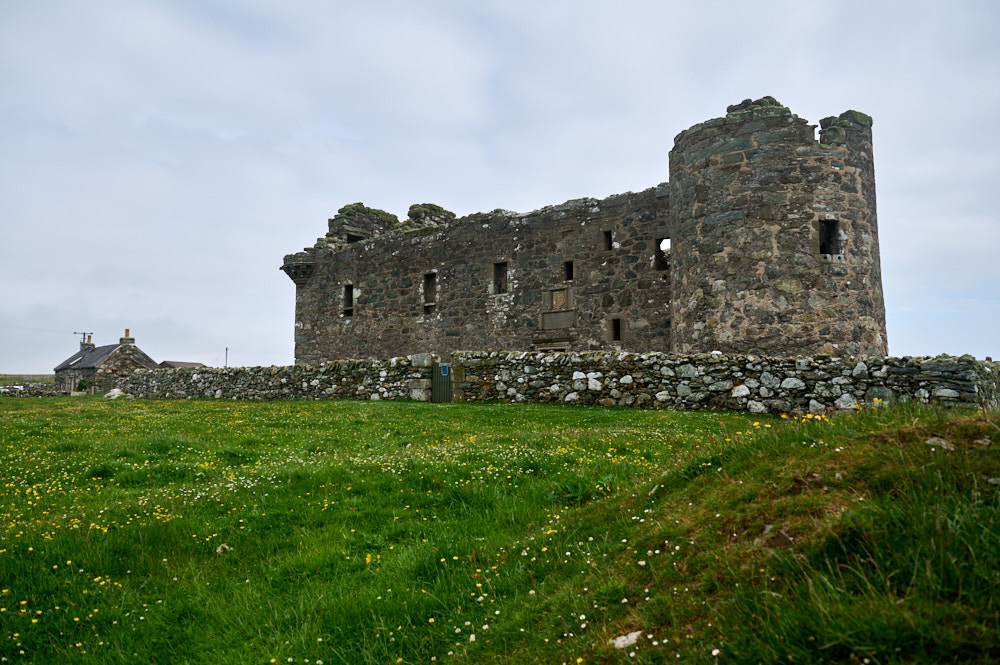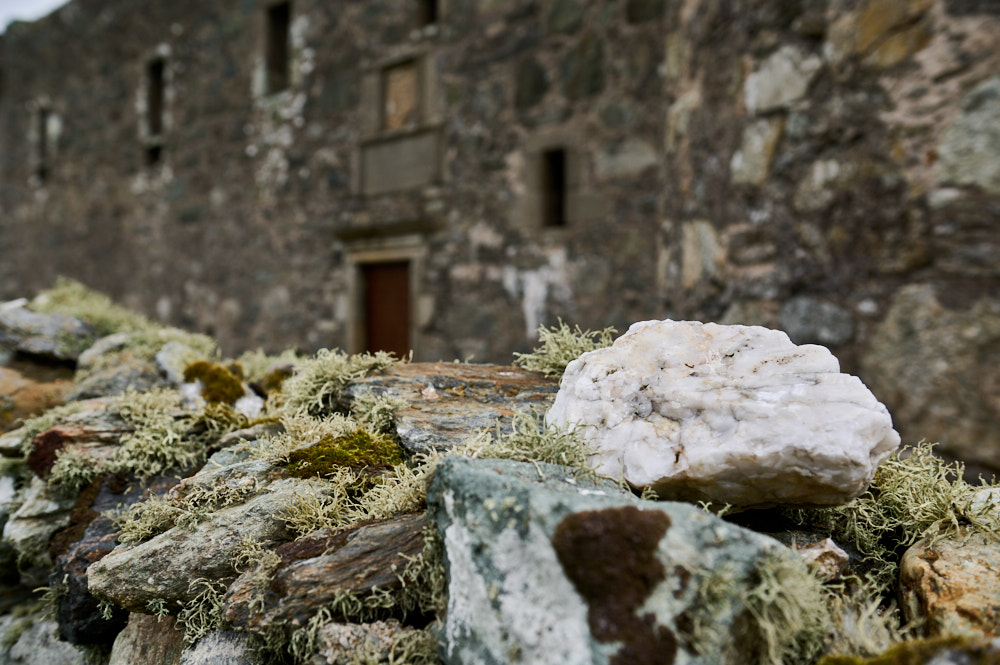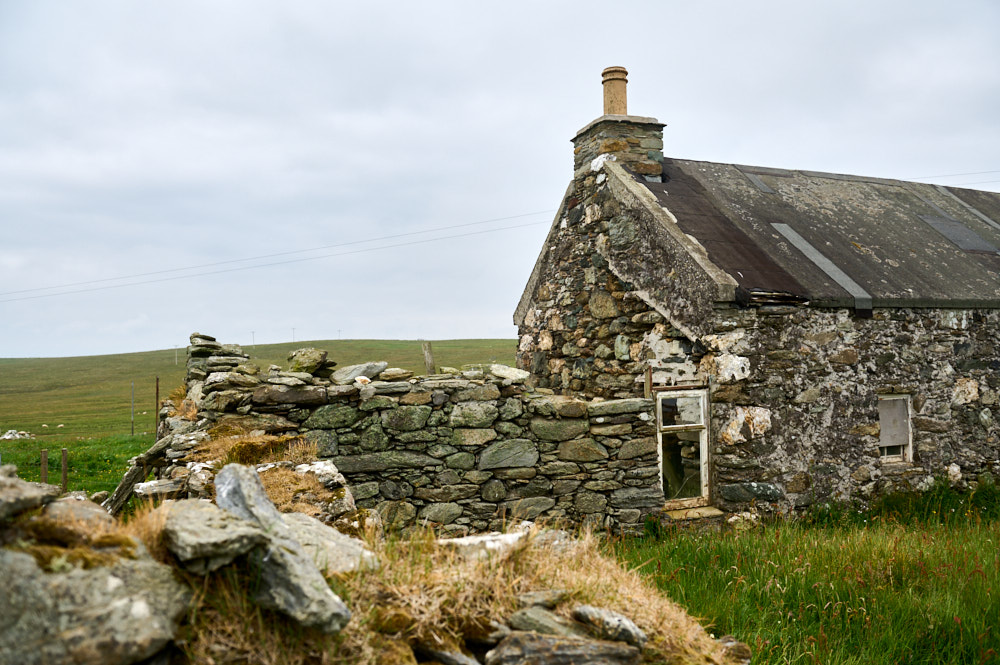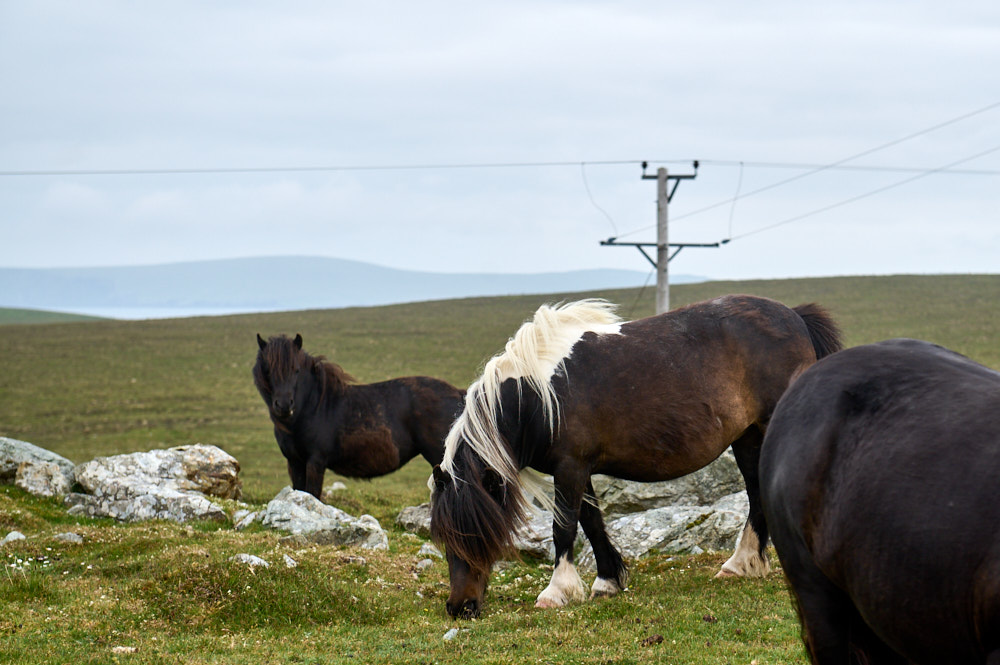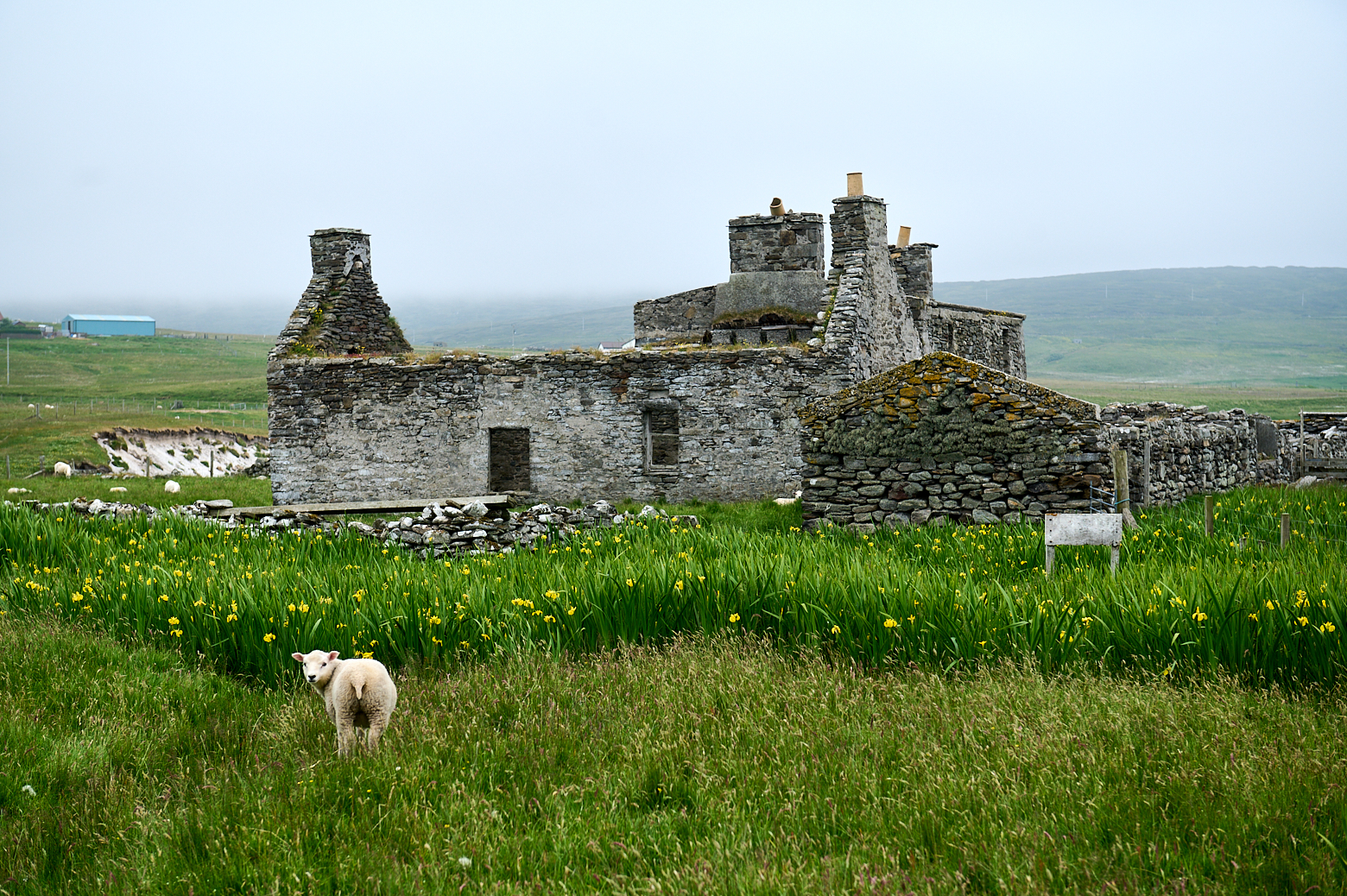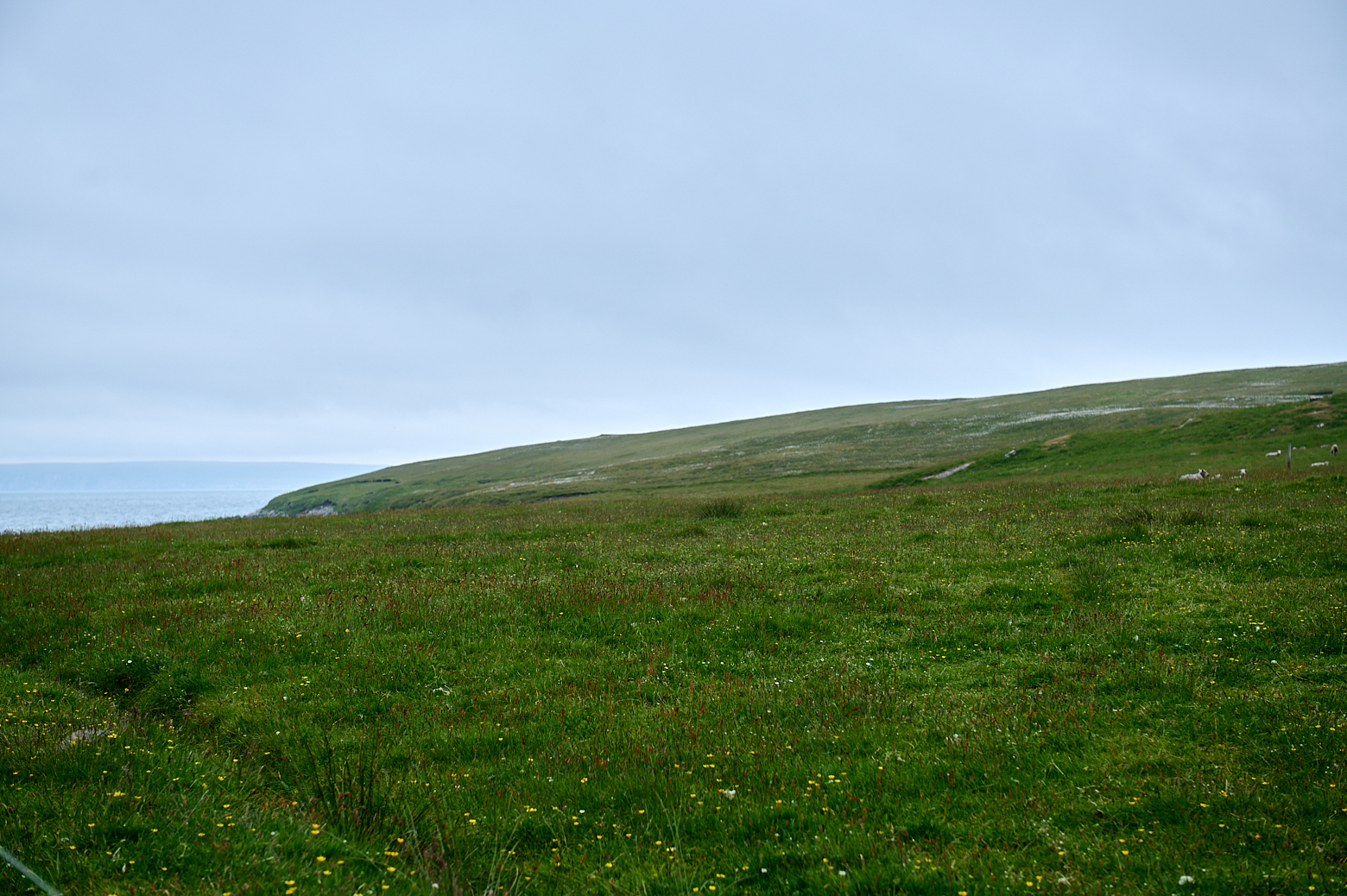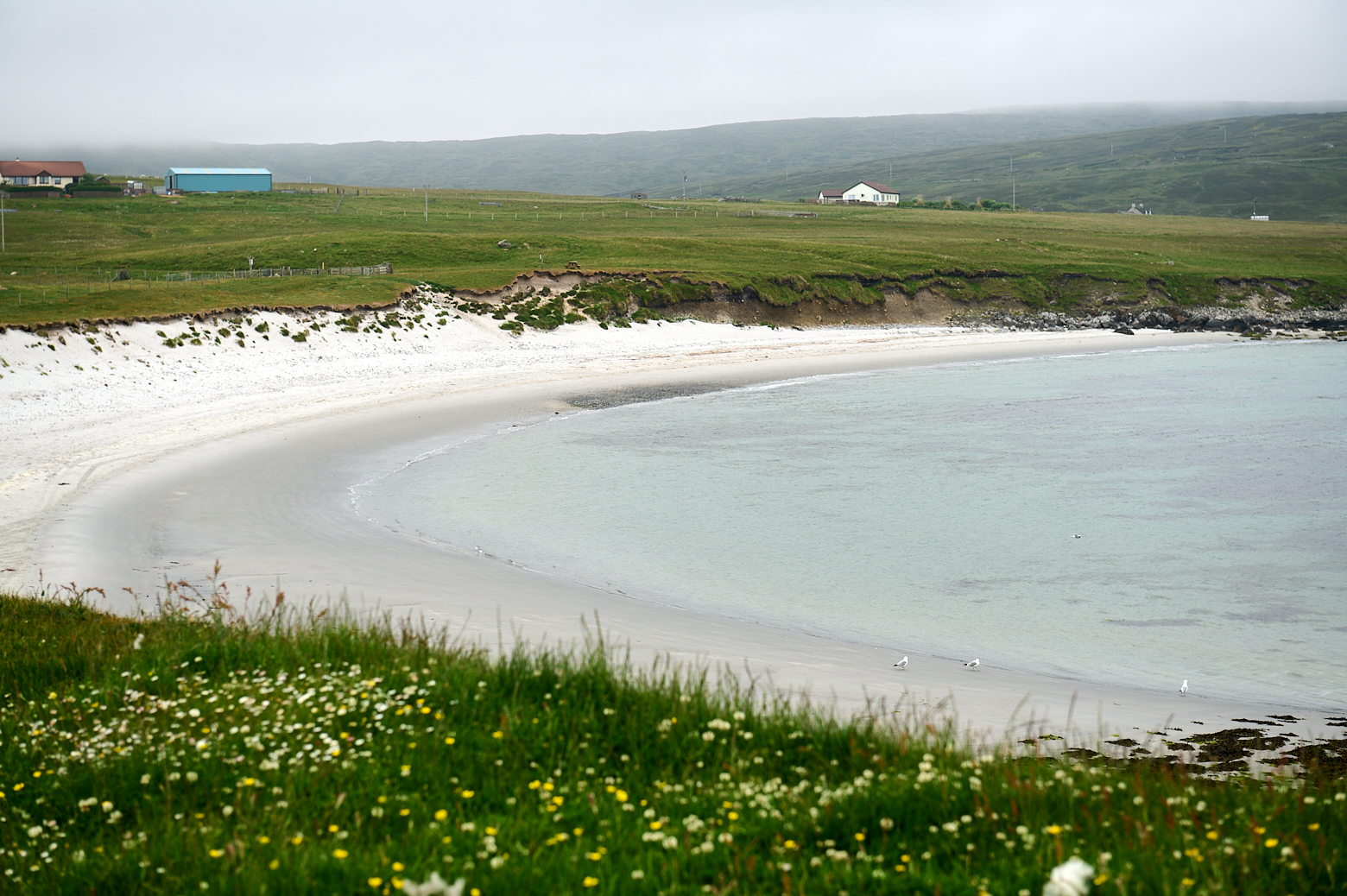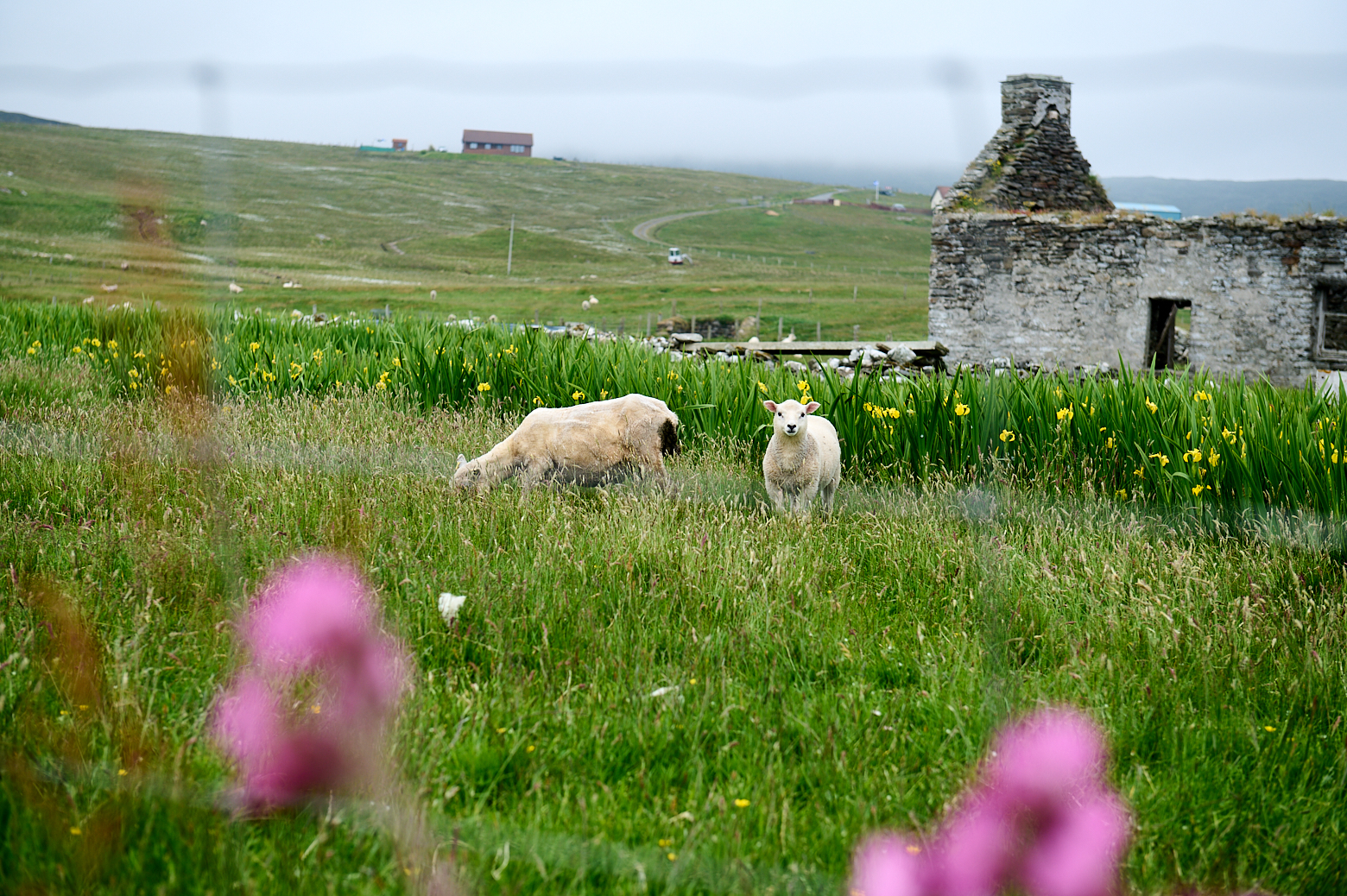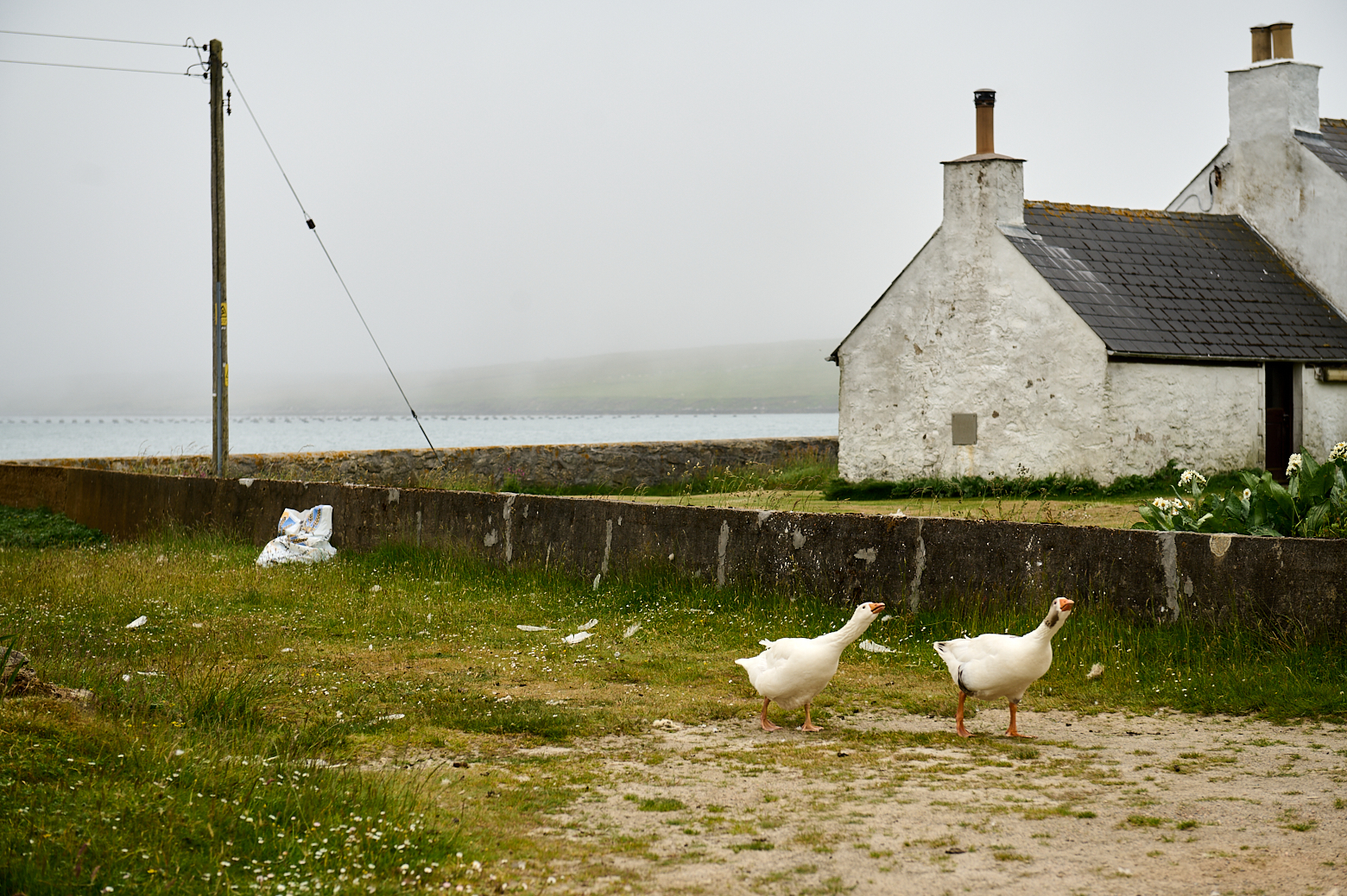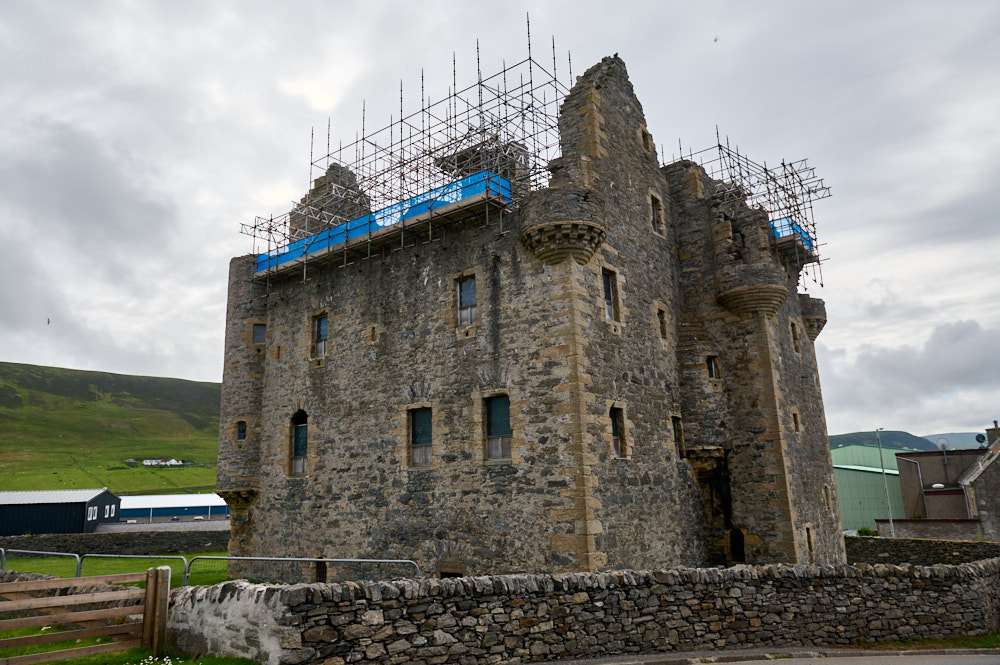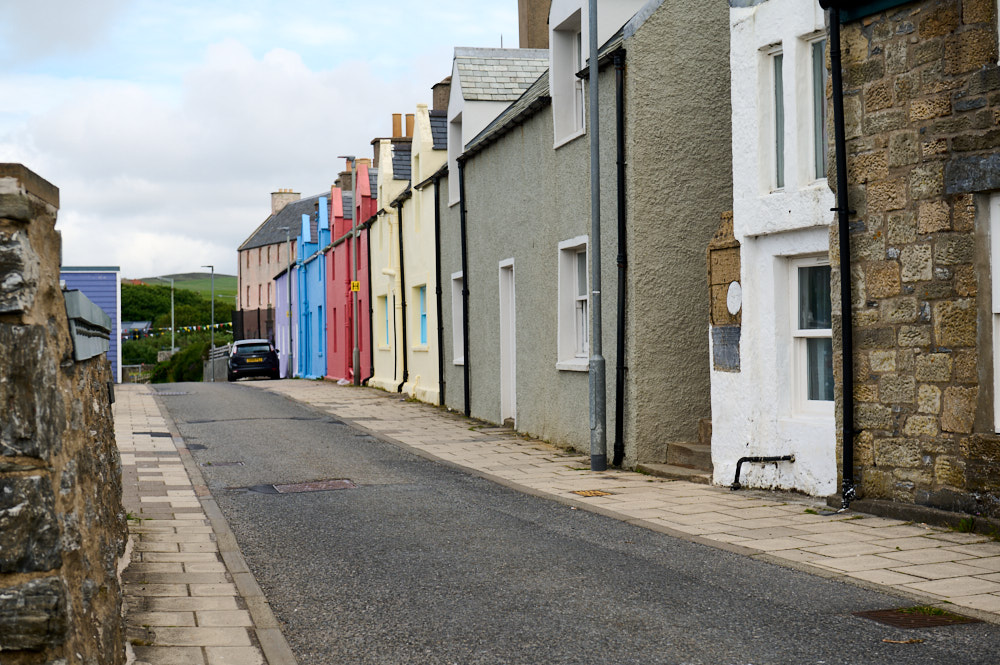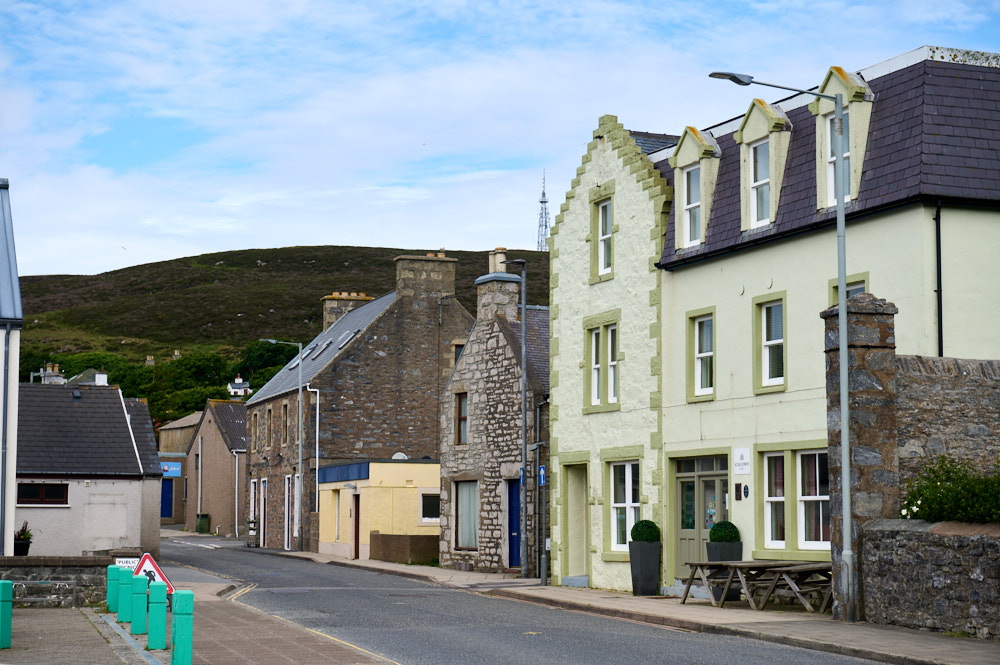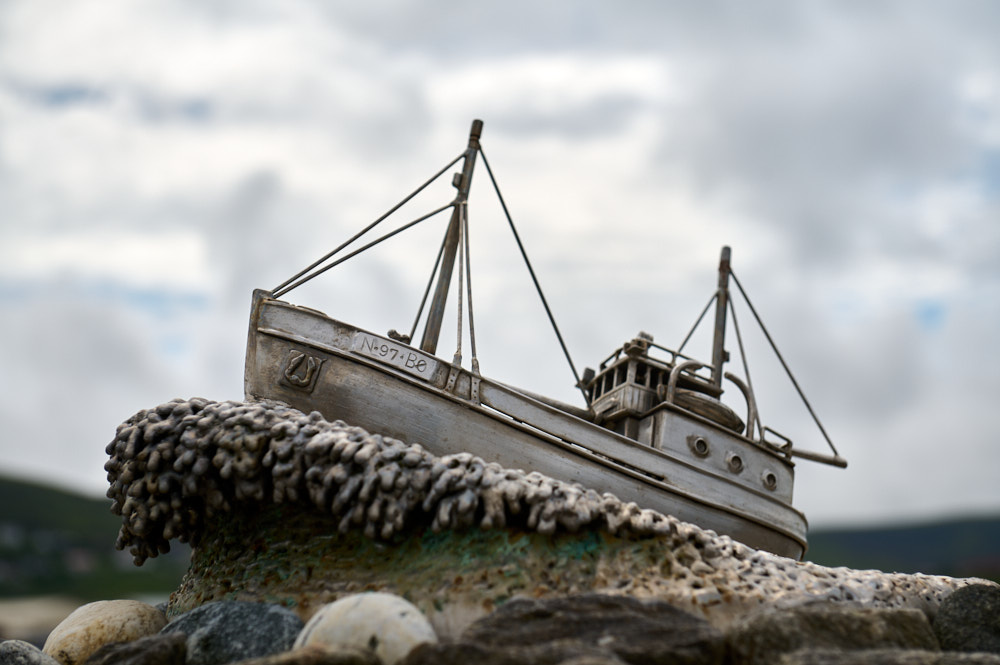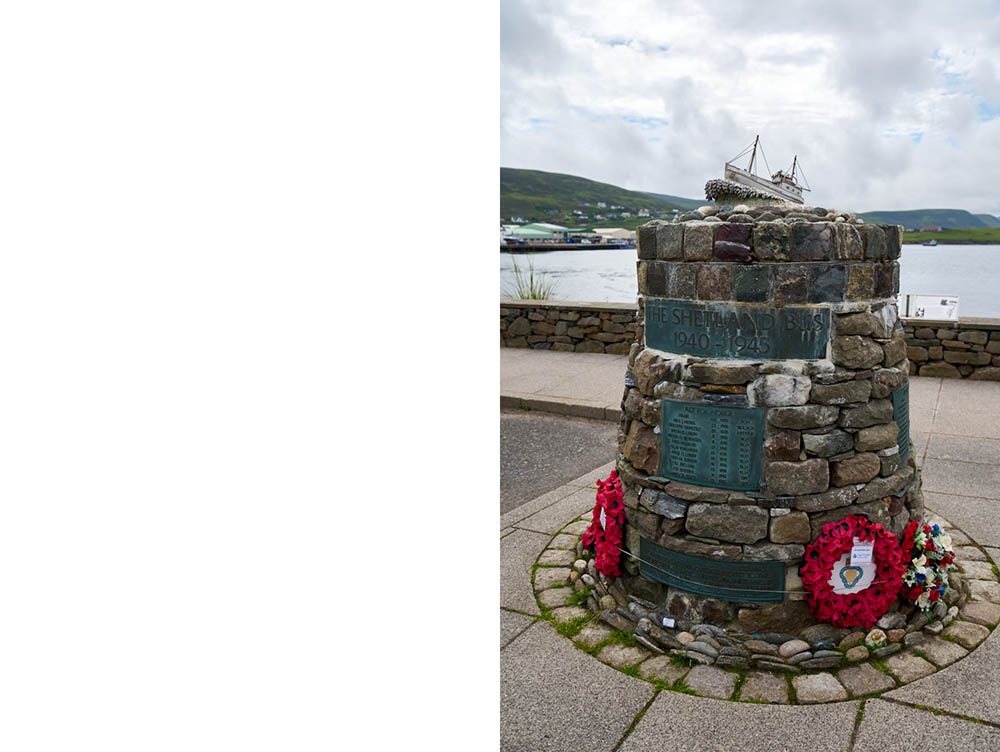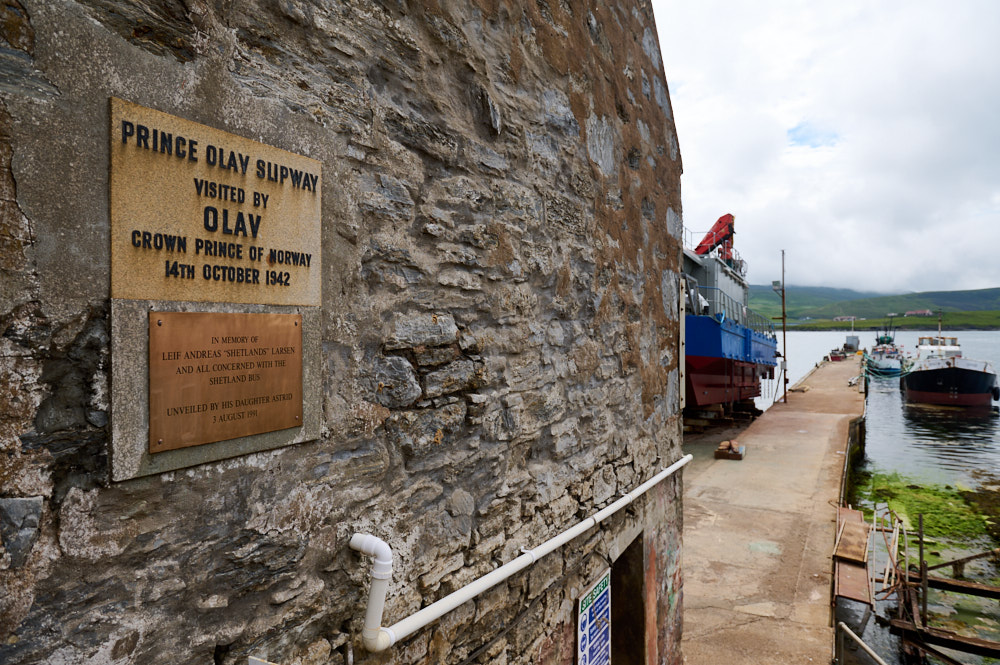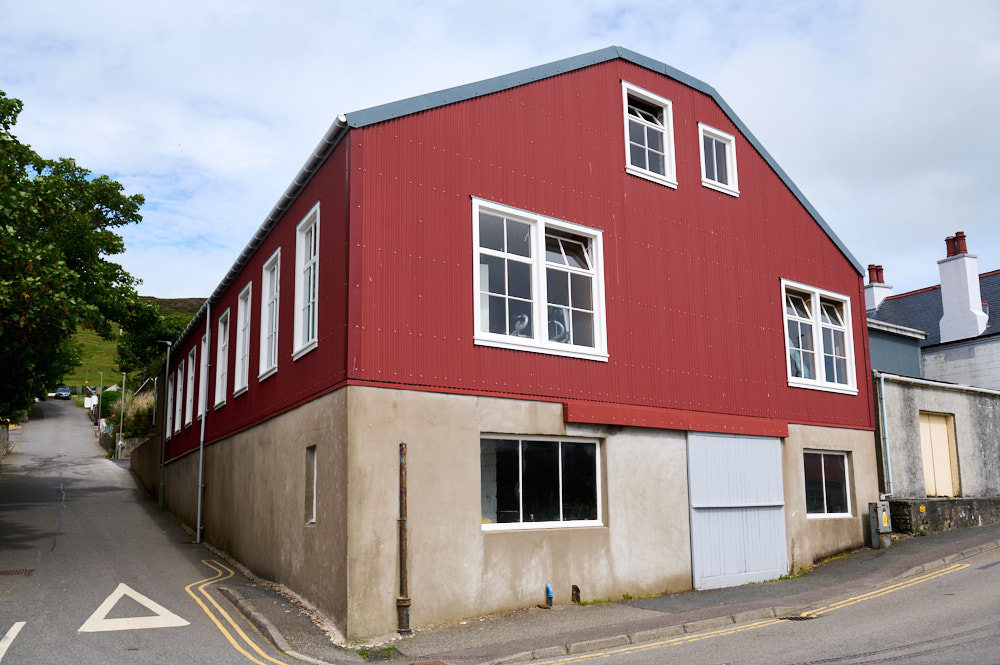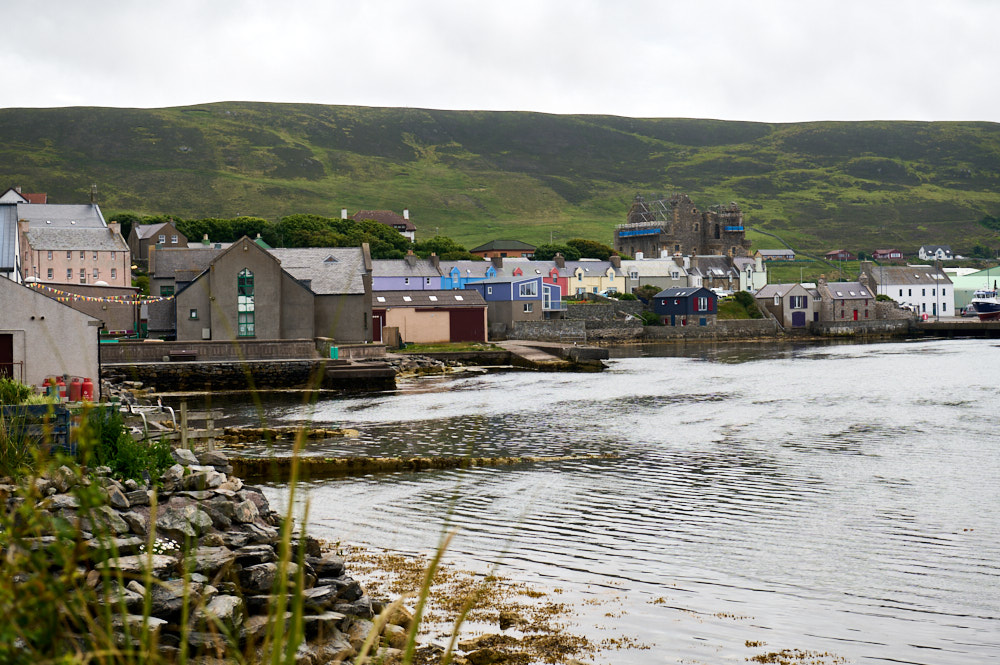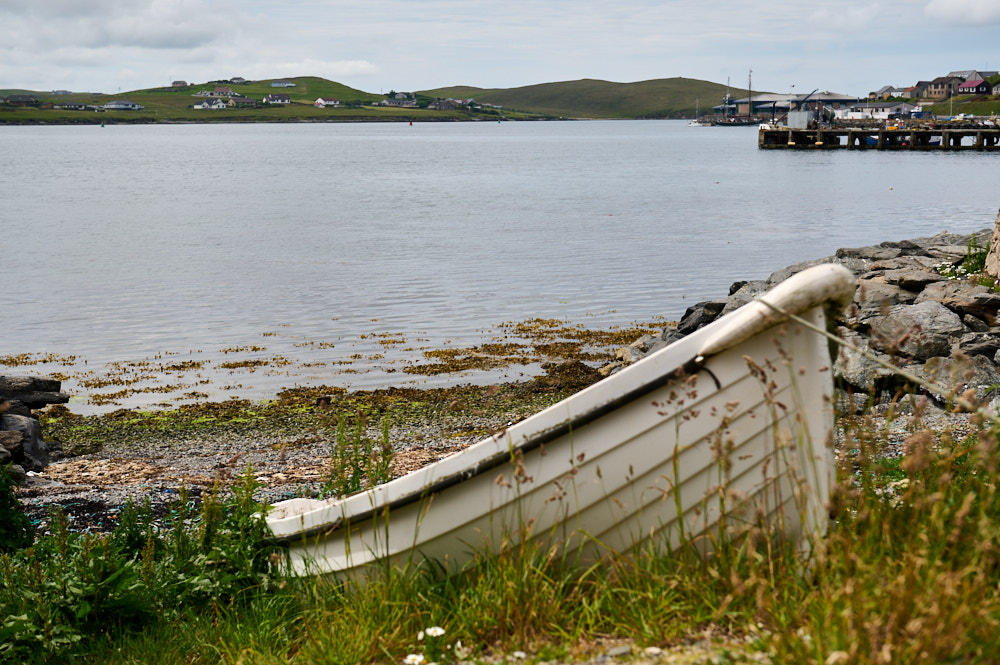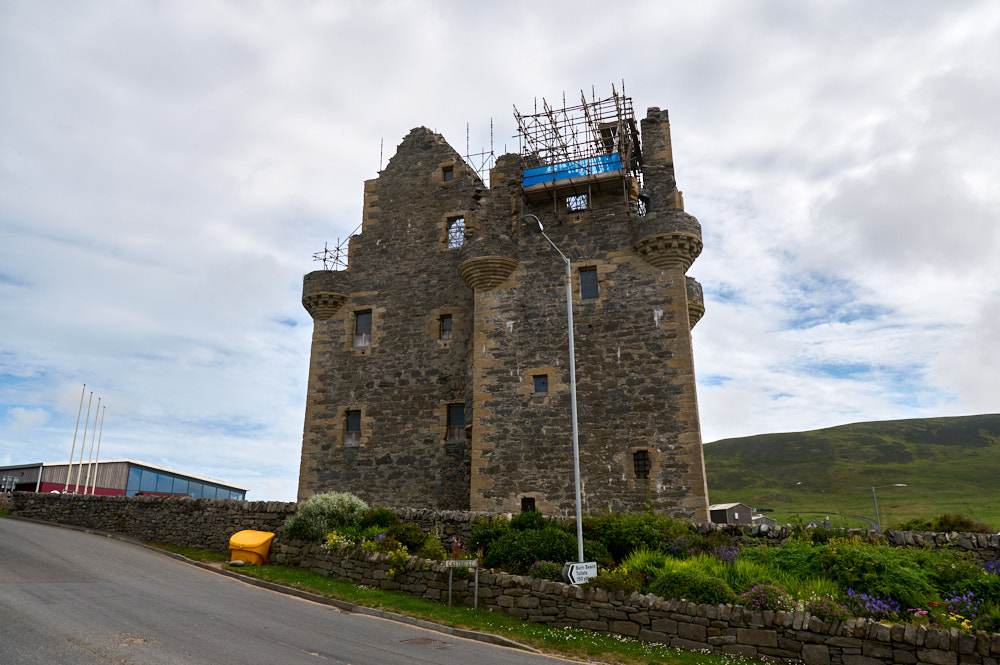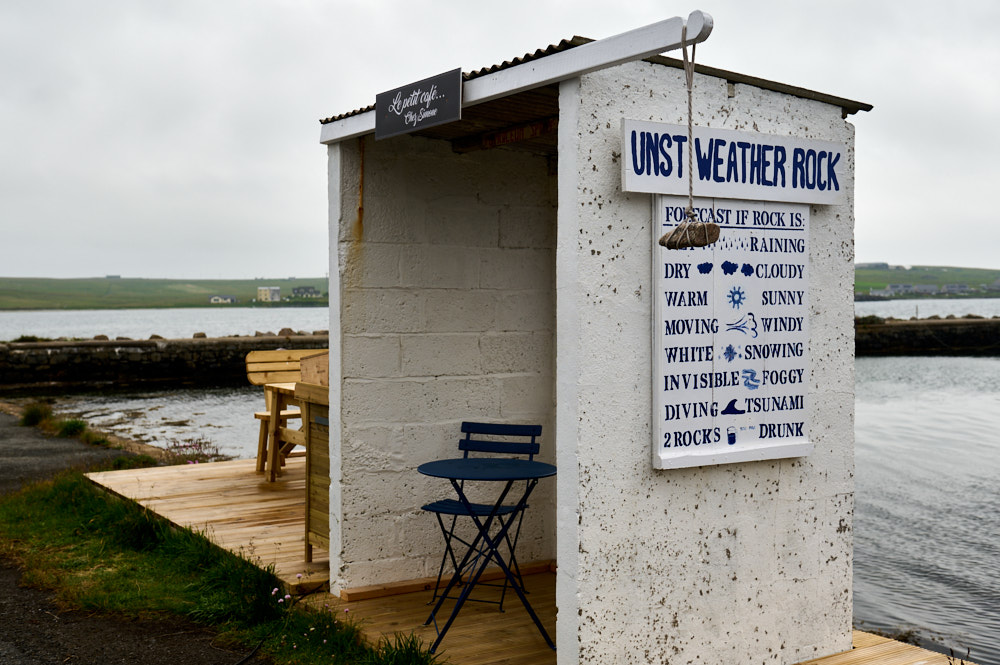
On a misty morning, I drove the 5 seconds to the ferry and went to explore Unst, the most northerly island in the UK. Rich with Viking heritage, Unst is closer to Norway than mainland Scotland and has stunning nature. From white beaches to beautiful voes – Unst offers a lot.
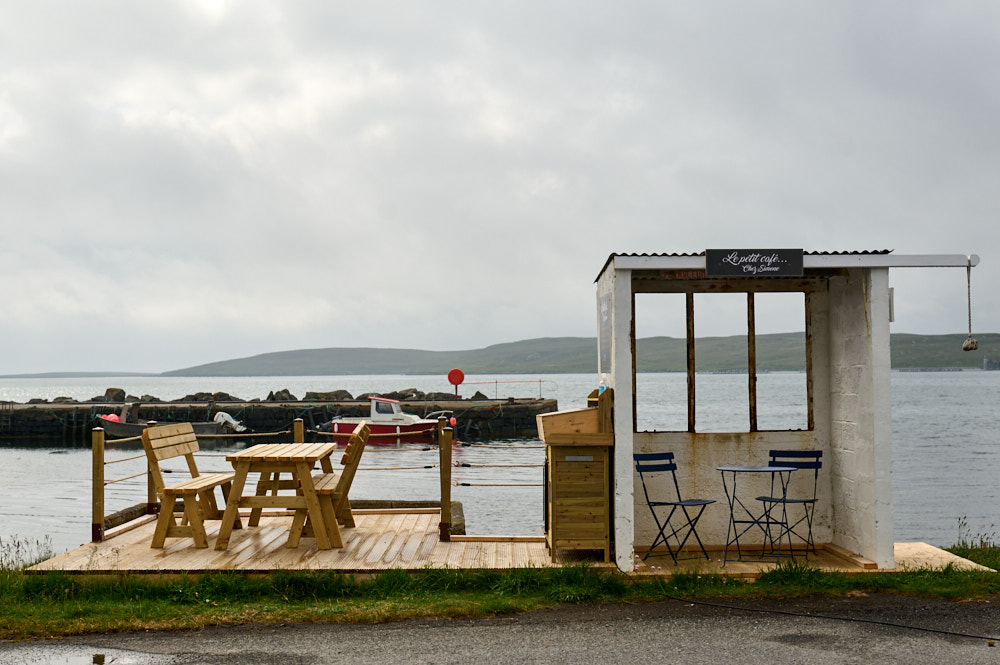
After arriving in Unst I turned left to Uyeasound, a small town on the south coast of Unst and was greeted by the Unst weather rock and this lovely little honesty café and also an honesty rock shop on the other side of the harbour.
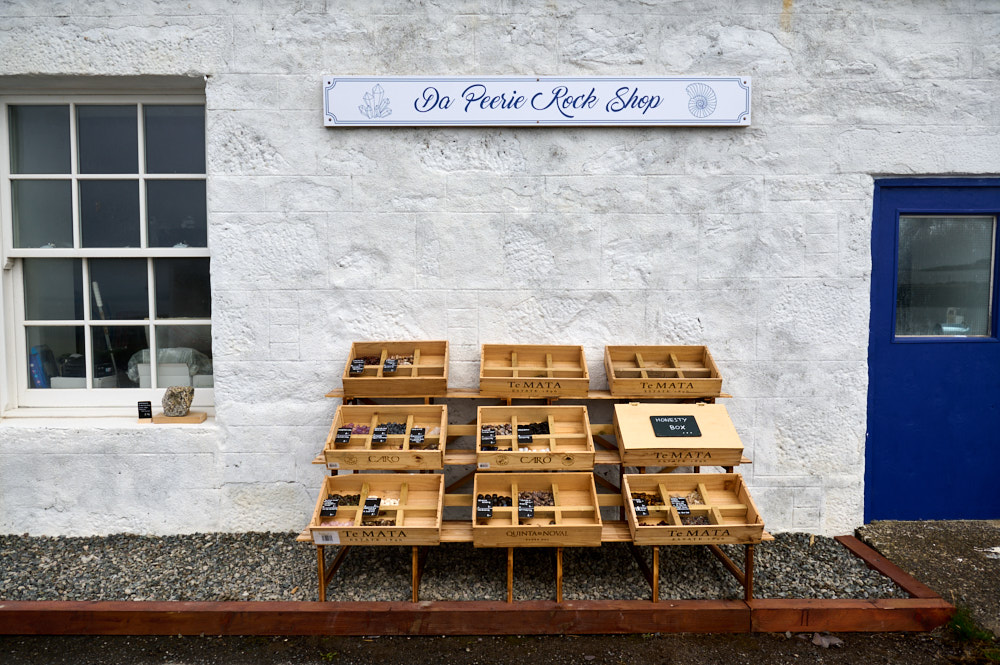
Greenwells Booth
Greenwells Booth is a stone house from the 17th century and used to be a Hanseatic trading booth.

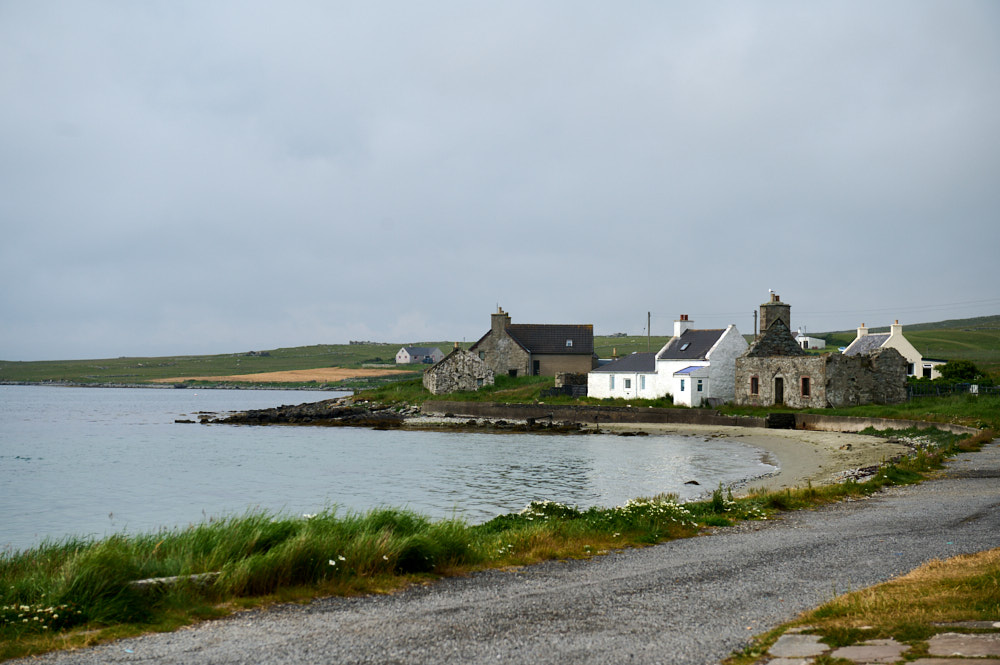
Leaving Uyeasound in direction of Muness Castle I soon saw a greeting from former times – The Clivocast Stone, also known as the Uyea Breck Standing Stone – standing tall above Uyeasound. It is said to mark the spot where the son of the Viking Harald Harfager was killed in 900 AD.
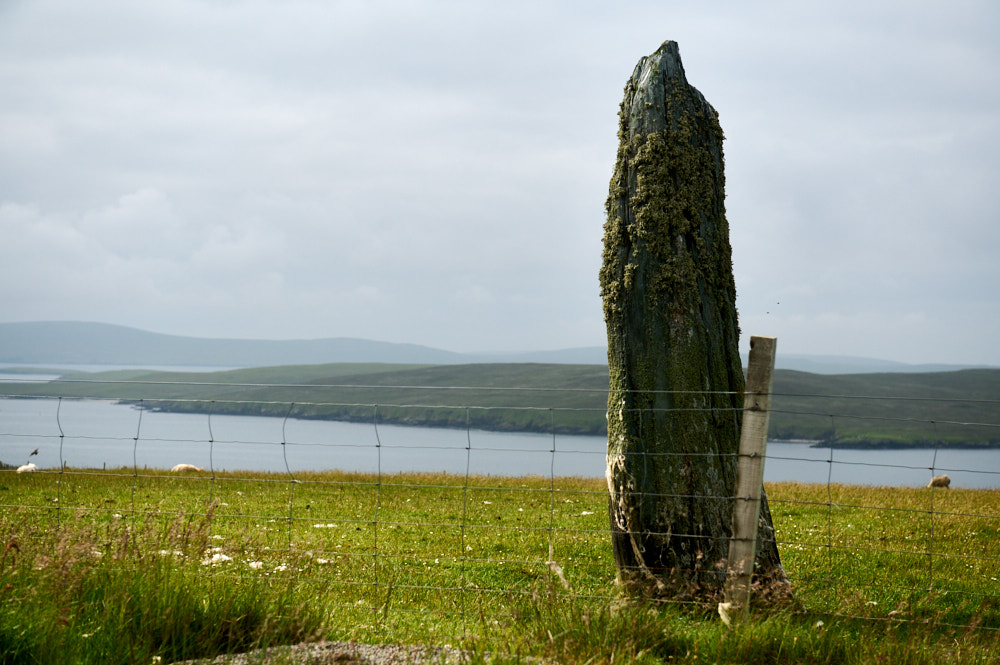
Muness Castle
Muness Castle was built-in 1598 for the ruthless Lawrence Bruce and it is one of only two castles in Shetland, the other being in Scalloway. It is Britains most northerly castle. Lawrence Bruse was the half brother to Robert Stewart, 1st Earl of Orkney, and uncle to the tyrannical Earl Patrick Stewart (who built Scalloway Castle). The Bruce family sold the castle in 1718 and it had fallen into ruin by the end of that century.
